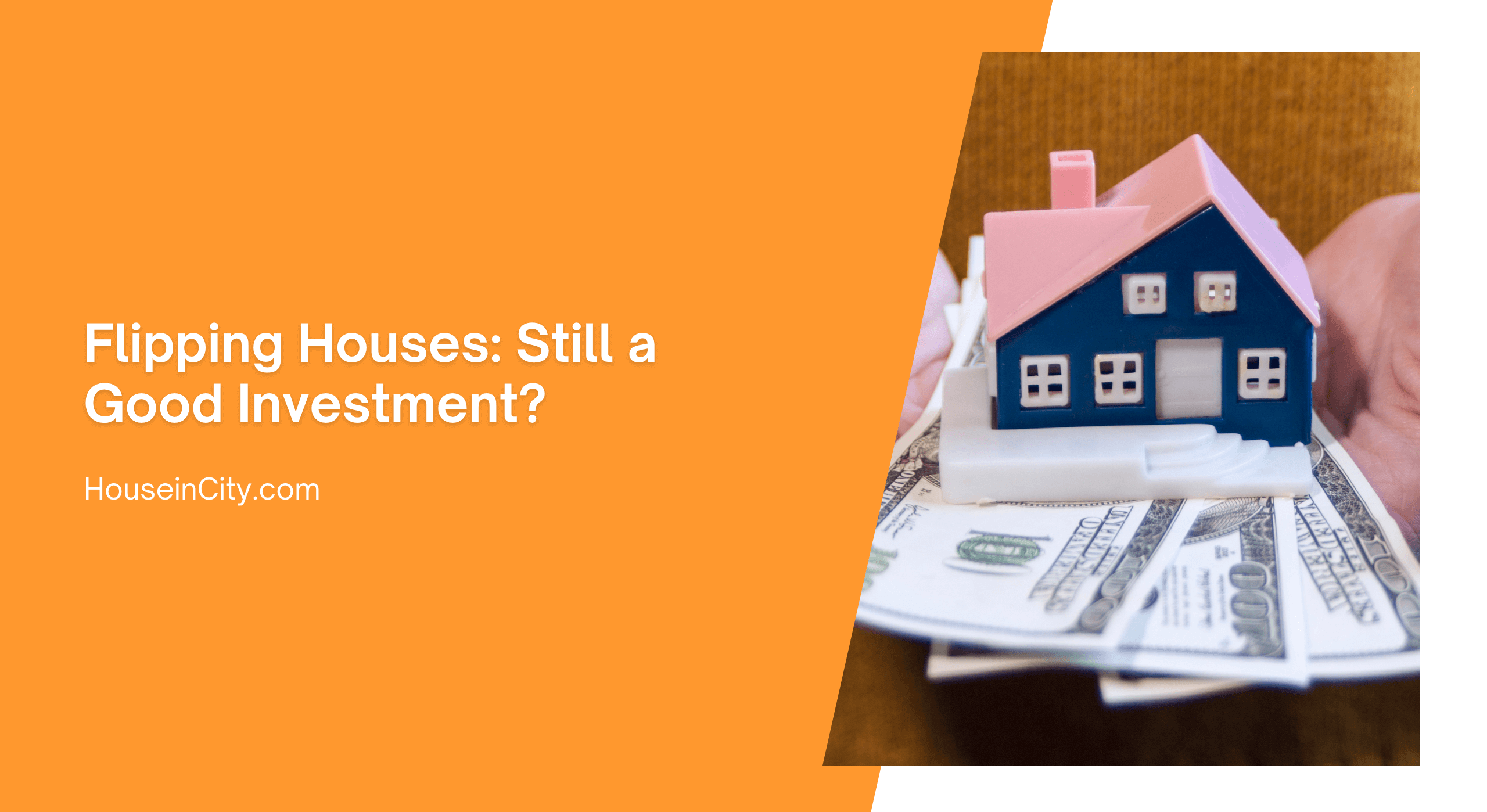Over the last fifteen years or so, house-flipping has become a real business in the United States, even inspiring a cable network show. It means buying a house (preferably below market value), making some inexpensive improvements to increase its value, and reselling it quickly for a profit.
Because of recent mortgage schemes and the booming housing market, this has helped quite a few people make a very healthy living. Most have invested a lot of sweat equity in repairing problems in the house themselves, and often investors have real estate industry expertise. Flexible mortgage programs where the buyer pays interest only, or where the interest rate is at ludicrously low levels in the beginning of the loan, have added steam to the practice of flipping.
Problems with Flipping
You’re familiar with the old saying, “If you believe that, I’ve got some swampland in Florida to sell you.” This came from one of the earliest modern examples of real estate flipping, the Florida Real Estate Bubble.
Back in the early 1900s, municipalities began draining the swamps that, until then, had been the bulk of Florida land. The resulting flat fields were rich farmland in a fantastic growing climate. Farmers and developers started snapping up the new lands. On the coasts around these areas, other developers started buying up tracts of oceanfront property and selling them at a enormous profit.
As word about the great Florida climate spread, and as America became increasingly mobile, a housing boom began. By the mid-1920s, homes and commercial properties of all sorts were being flipped — in some cases, the same property sold ten times in one day. And then the reality came out: the Florida transportation infrastructure was unable to handle the booming population. A shipwreck in Miami’s harbor blocked ocean traffic for a year, forcing shippers to use trains. And the trains, unable to cope with the sudden flood of traffic, embargoed all shipping other than food. The Florida land bubble began to deflate rapidly, and by the 1929 Stock Market Crash much of the land bought for fortunes was virtually worthless.
Everything that goes up will come down, and this is true for real estate as for anything else. If you buy property to flip, you’re never buying a sure thing; you’re speculating that the property will increase in value. Today, this is anything but a sure bet.
Another problem with flipping: it can ruin the value of the property due to the way it changes neighborhoods. A common story is the sudden boom of a neighborhood due to new business or an influx of population. A nearby neighborhood, charming, suddenly increases in value due to its proximity or because a new road is built to link the neighborhoods. As property values increase, taxes also increase, and it becomes more attractive to banks to foreclose on mortgages. People are forced out, and as more speculators move in property values increase. In the end, all the people in the neighborhood are new; instead of a charming established neighborhood, you have an unknown population. If things go bad, property values will plummet. This has happened in places like Phoenix, Arizona, and Las Vegas, Nevada.
Other problems with flipping include the fluctuations in the local and national markets that might affect your ability to pay a mortgage (or the ability of others to get a mortgage in a pricey range); sudden depreciation caused by a natural or manmade disaster, as in New Orleans; a panic causing a flooding of the market with properties; and the poor reputation of flipped houses in some areas caused by inexperienced remodelers who don’t do a good job.

What About Flipping Today?
You can still make money from flipping — but not in Boston or Los Angeles or New York City. You’re better off looking in regions where the housing market is still increasing in value, especially where it’s just started increasing and unemployment is decreasing. One good example is Atlanta, Georgia, where a booming economy has led to rapidly-rising house prices. You should also look in second and third tier cities where housing costs today are low, such as Nashville, Tennessee; these areas, if other economic markers are healthy, may be tomorrow’s housing boom towns.
You might also look in the poorer neighborhoods of your own town, where crime and drugs are more prevalent than neatly-trimmed gardens and well-kept homes. Today we are seeing a trend toward filling in the centers of cities, particularly when the blighted neighborhoods are within walking distance of downtown business districts. Renovated older houses on the edges of these places can lead to urban renewal over time, and some serious profits for those willing to take the risks. In some municipalities, special government-sponsored loans may be available to home flippers who help improve selected neighborhoods.
In the end, if you enter the world of flipping, you need to go in with your eyes open. Don’t believe it’s a sure thing. Consider that you may lose money, not make it. And be as conservative as possible when you’re starting out until you get used to what you’re doing.
